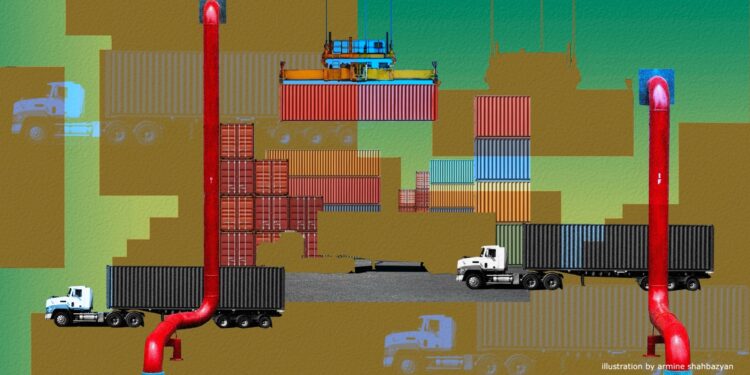Economy
Strengthening Armenia: The Case for Continued Diaspora Support
Expectations and optimism are often the primary drivers of investment activity. It’s easy to be negative in the current times that Armenia is living, however, hope and optimism are key to inspiring drive, effort and motivation, especially when Armenia needs it most.
Growth and Trade Slow, Inflation Eases
Armenia’s statistics agency recently released its annual report on a number of socio-economic metrics covering sectors from trade to tourism to employment and inflation. Hovhannes Nazaretyan presents some of the more interesting findings reflecting the state of the country.
The Pitfalls of Deregulation and Competition in Armenia’s Electricity Market
Will the introduction of competition in the retail electricity market benefit consumers or will deregulation lead to market manipulation, price increases and potentially harmful conditions, especially for residential customers? Economist Ara Khanjian explains.
Do Personal Financial Habits Impact Economic Growth? The Case of Armenia
The lack of information and awareness about the benefits of savings and investments, both personally and collectively, and the inadequate provision of policy incentives have not spurred savings. Improving personal financial security, freedom and wellness can positively impact Armenia’s future economic outcomes.
The Need to Diversify Armenia’s Financial System
Banks make up the largest portion of Armenia's domestic financial system, accounting for approximately 79% of its total assets. While the banking system is well-regulated and devoid of bankruptcies for more than two decades, Armenia needs to diversify its financial system to ensure growth and prosperity.
Do Our Financial Habits Matter for Shaping the Future?
Defying expectations, Armenia has been enjoying some very strong economic growth. However, local consumption-savings habits and other factors continue to hinder local production and competitiveness. Samson Avetian explains what needs to change.
Regional (Dis)Connectivity: Armenia’s Trade With Neighbors
Armenia trades with three of its four neighboring countries, except Azerbaijan. Land borders with Georgia and Iran serve as crucial lifelines for Armenia, connecting the landlocked country to the global market.
Women and the Economy: The Intellectual Capital of Armenia
While the social implications of gender imbalance are often discussed in terms of gender equality, it is important to also consider the significant economic consequences of under-leveraging 52% of the educated potential workforce and the loss of human capital productivity.
Armenia’s Economic Dependence on Russia: How Deep Does It Go?
Much has been written about Armenia’s political and security ties, including its dependence and overreliance on Russia. Hovhannes Nazaretyan provides an overview of Russian control and influence in Armenia's economy.
Sustainable Development in Armenia: Learning From the EU
While sustainable development has become a hot topic in developed countries, it is also an essential issue for developing ones, including Armenia. While the country faces significant challenges, it also has many opportunities.












